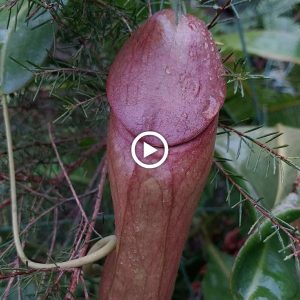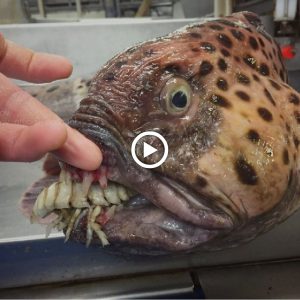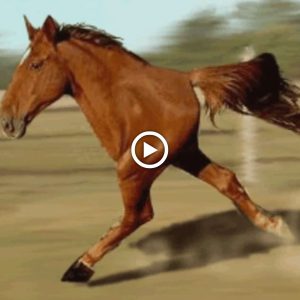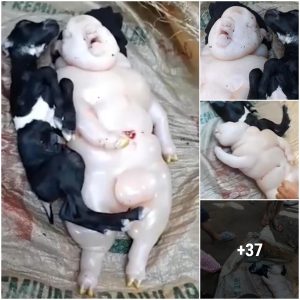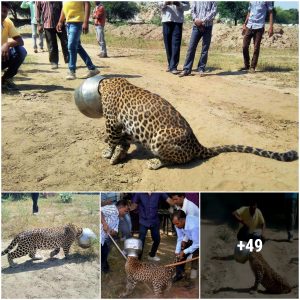Bright Side has prepared for you a selection of ten strange animals that you have probably never heard of, let alone, ever met. And at the end, you’ll find a bonus that will blow your mind. Number ten – Mangalitsa pig, aka a pig in sheep’s clothing. The birthplace of this curly-haired pig is Hungary, where it was discovered in the mid 19th century. Due to the fleece covering this animal, it resembles a sheep, therefore its name. The fleece can be black or red, but these cuties are most commonly blond. This is the last pig in existence to boast such an amazing winter coat.

Tragically, it was nearly extinct by the 1990s, when fewer than 200 pigs could be found in Hungary, all because of their extraordinarily tasty lard. Thankfully, nowadays, the future of Mangalitsa looks much brighter! Number nine – Rhinopithecus, or golden snub-nosed monkey. The name of this species is roxellana, and there is a story behind it. It is believed that they were called this way after the supposedly snub-nosed courtesan of Suleiman the Magnificent, a 16th century Sultan of the Ottoman Empire. Another interesting thing is the difference between male and female monkeys, with males being twice heavier than females and of a different color. Girls have darker, or even black tones on their forehead and upper parts. Infants have such a light coat, it may seem white in the sunlight.

Number eight – Emperor tamarin. This guy looks like a real emperor, or at least a wise old man, with its fabulous mustache. And indeed, they were called like this because of the resemblance of their mustache to that of German Emperor Wilhelm II. The size of this cute little thing is only about 10 inches, or 26 centimeters, but their tail can be up to 16 inches, or 40 centimeters long. They live in groups of between 4 to 20 animals, and often give birth to twins. They are not completely vegetarian. Besides flowers, nectar and fruit, tamarins can feast on frogs, snails, and even small birds. Number seven – Patagonian Mara. If you are wondering if this animal is a cross between a kangaroo and a hare, think again. Patagonian Mara is the fourth largest rodent on our planet. There are several interesting facts about them. Females often put offsprings into creches for safety. Males help to guard their babies. They grunt when they try to threaten and also they squeal like guinea pigs. If you startle them, these animals can leap up to 6 feet or 182 centimeters in the air. What’s your record jump? As for their character, well, they can be quite flighty. Number six – fluffy cow. In fact, there are several secrets surrounding these big plush toys. First of all, it’s not a new breed. All these lovely cows belong to the breeds already known.
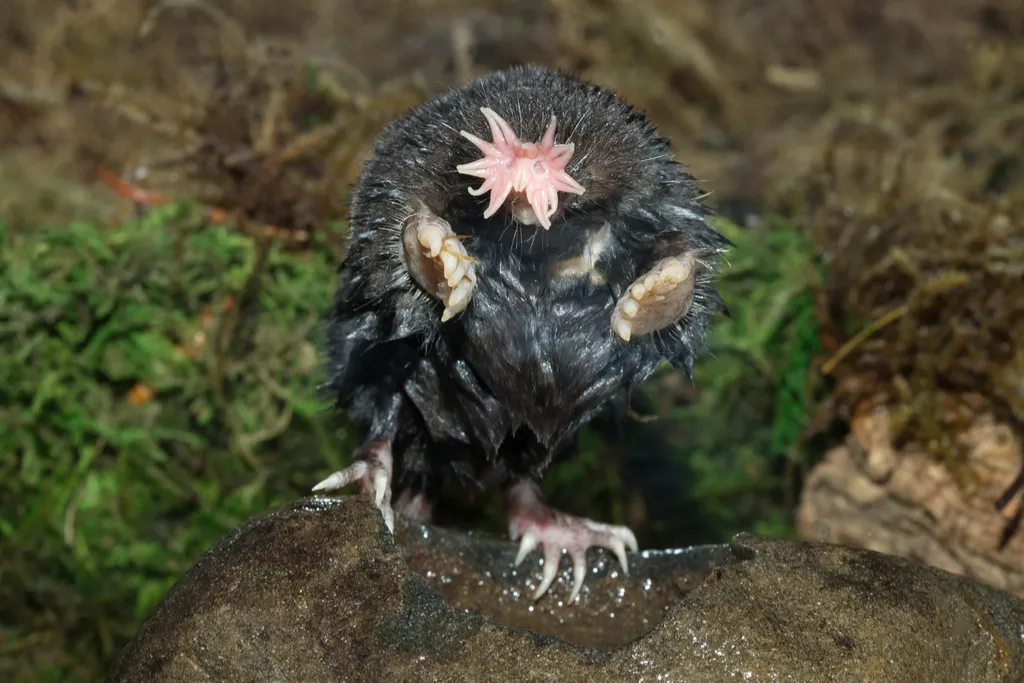
The thing is, they are looked after by special people, whose work it is to wash, dry and use product to style the animals so they look as fluffy as they do. What is more, it is necessary to maintain them daily, and it will take months of regular grooming till they get this lovely look of kids’ toys. It is done mostly for shows, and it typically takes about two hours to bring them into form before a performance. Hair sprays are used to fix their fuzz, and natural oils are applied to make their fur look shiny. How much time do you spend in front of the mirror? Number five – Markhor goat. If you see a creature which looks as if it’s trying to catch an alien radio signal from space, it’s most likely a Markhor goat. They can grow as long as six feet or 180 centimeters from head to tail. What is even more shocking is that their horns can grow up to 5.2 feet or 1.6 meters long. But that’s only true for males, which use their horns for fighting during the mating season. Female horns grow only up to ten inches or 25 centimeters long. They are strict vegans, if we can say so. They eat leaves grass fruit and flowers. Number four – raccoon dog. If you can’t decide if you want to have a dog or a raccoon as a pet, we have just the thing for you – a raccoon dog. Despite having raccoon like markings on their fur, they are not very closely related to the North American raccoon. Their much closer relatives are domesticated dogs, wolves and foxes.

Raccoon dogs are monogamous, which means they mate for life, and a pair of them works together raising and bringing up their kids. When the female is pregnant, the partner brings food for her. And flowers. But nobody has seen it, so it might not be true. Raccoon dogs are unique creatures. They are the only mammals of the dog family which go into short periods of hibernation, and what is even more amazing, they choose to bed down in pairs. And their voices are just so cute! Number three – the blue footed booby. These charismatic birds are sure to catch your eye if you ever visit the Galapagos Islands. They can look a bit clumsy and comical on land, but they are excellent at flying and swimming. The birds have funny and complicated mating rituals. To attract a female, males perform some dance with the elements of high-stepping, stamping their feet, and sky pointing, raising their bill up into the air accompanied with high-pitched whistling. If a female is impressed enough, she may come up to the male, touch him with her bill and join the dance. And their blue feet have an actual scientific explanation.

It comes from the birds fish diet, and indicates their healthy immune system. And what about the colour of your feet? Number two – the Malayan colugo. These eyes probably see a lot and seem to find everything surprising. It’s the Malayan colugo, also known as the flying lemur. And both of these things are wrong. It doesn’t fly, nor is it a lemur. Yeah, this happens all the time, the name-calling went wrong thing. So why such a name? Colugo has a large gliding membrane, like a flying squirrel, and they can glide for long distances between trees standing far apart. The paradox with these small animals, which typically weigh between two and a half to four and a half pounds, or one to two kilograms, is that though they live in trees, they are awkward climbers and not very strong. Hard life they must have. Poor things. Number one – Venezuelan poodle moth. This moth was only discovered in 2009, and doesn’t it look like a furry poodle? Mammals need hairs to keep their body heat. But insects are cold-blooded and even if the poodle moth may look as if it lives in Antarctica with all this fur, it in fact comes from Venezuela, a tropical country.
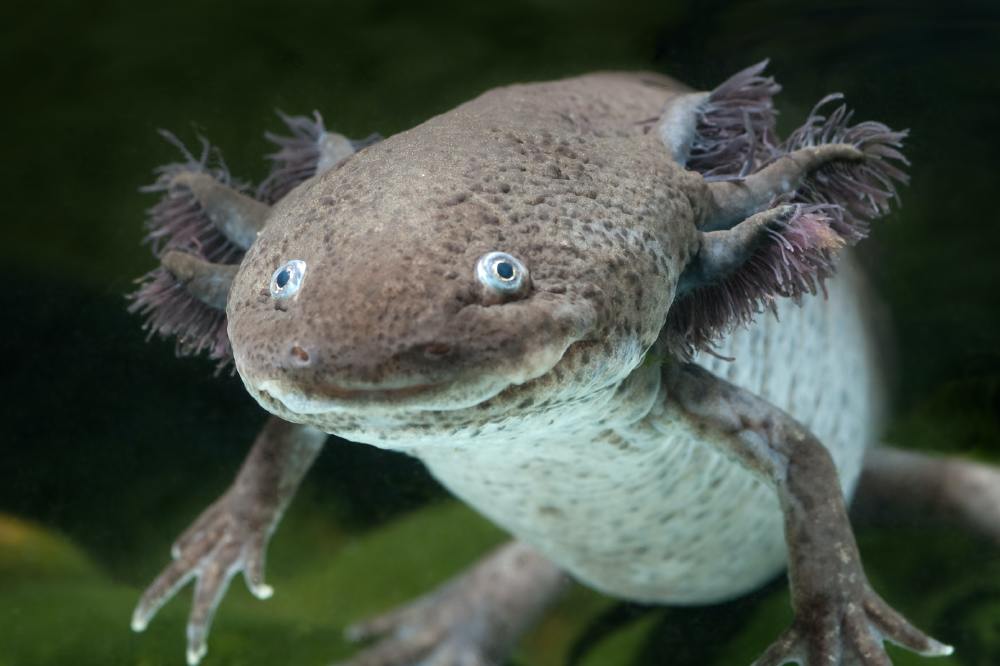
Its hairs don’t serve for heating. Most insects have hairs for protection, or smelling and sensing the environment. Perhaps it’s true about the poodle moth, as well. But as it is a very new discovery, not much is known about this insect yet. So, is it cuddly? We can only guess, but the chances are high that it’s not as cuddly as you wish it were. And here’s our incredible bonus – cloud antelope. This species lives in the clouds, that’s why such a name. Its bright blue fur is the reflection of cloudless blue skies in the area of its habitat. And its diet consists of sunrays and candies. And do you believe it? Neither do we. It’s a fantastic toy made by CMWyvern, but can we just dream about it being an actual living creature for a little bit? Don’t forget to hit the like button below the video and click subscribe to join us on the bright side of life.
